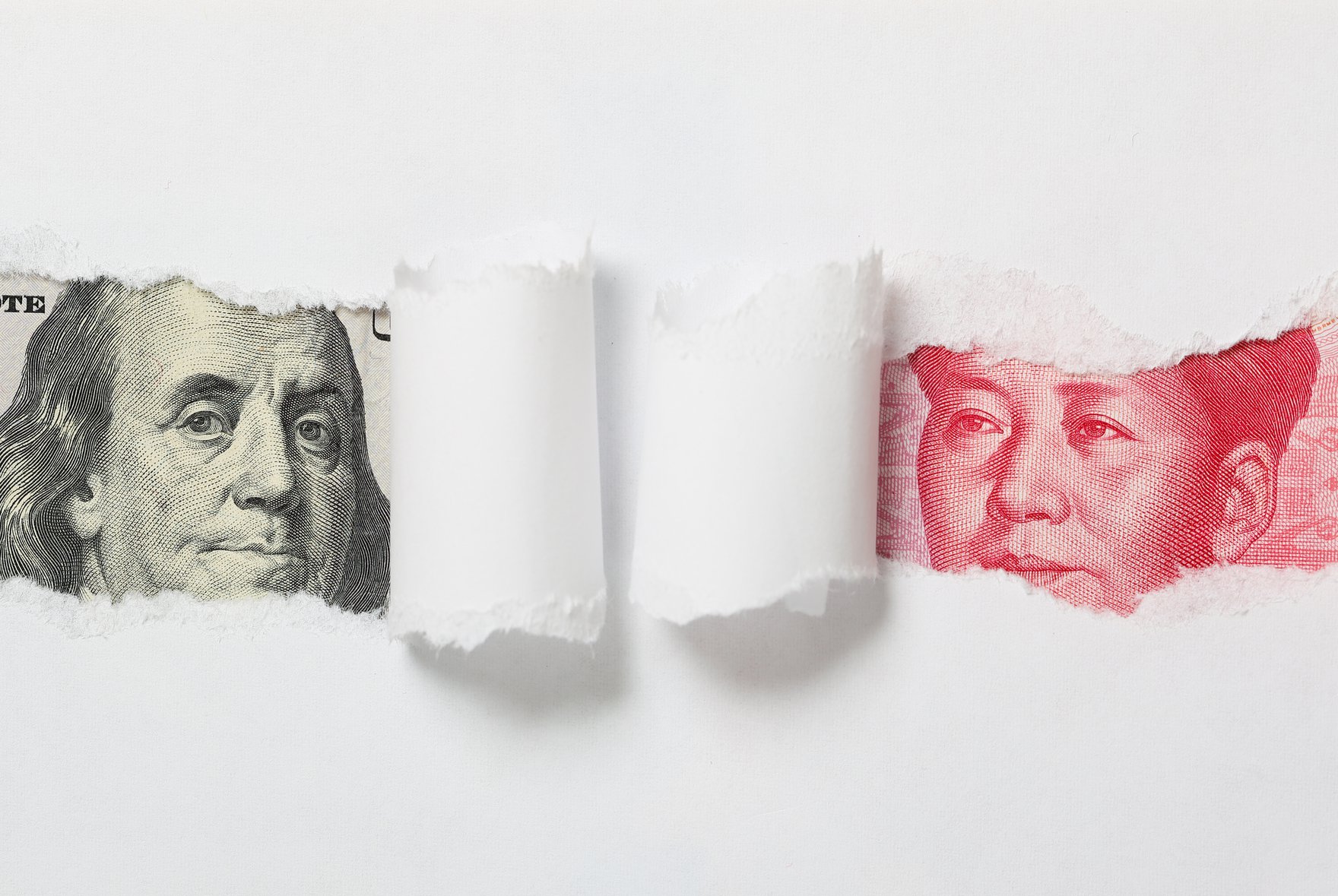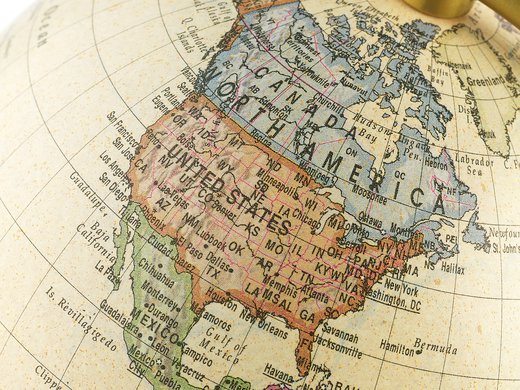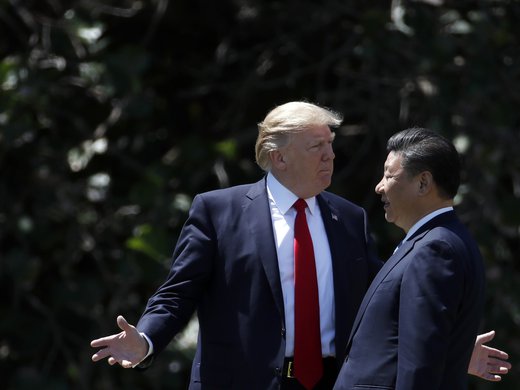The most curious item in the long list of US objectives for the overhaul of the North American Free Trade Agreement (NAFTA) comes at the very end of the 18-page document: “Through an appropriate mechanism, ensure that the NAFTA countries avoid manipulating exchange rates in order to prevent effective balance of payments adjustment or to gain an unfair competitive advantage.”
Canada and Mexico, meet China, a country that understands what happens when Washington decides you are a currency manipulator.
Give them a reason, and American politicians will harass you endlessly over your currency, even after you correct your ways. Beijing is no innocent. But while loud voices on Capitol Hill accuse authorities in China of artificially lowering the value of their currency to make their exports cheaper and more attractive to American buyers, Beijing spent much of 2016 doing the opposite. It fought a widespread bet against the yuan by selling hundreds of millions of dollars to defend its currency from depreciation. This activity went unacknowledged by the Republican candidate for president, who had pledged to name China a currency manipulator if he won the White House. (He hasn’t yet.)
Scapegoating wins votes in the United States. Nuance counts for nothing.
Many Canadians and Mexicans will be surprised to learn that Washington apparently doesn’t trust their floating exchange rates. Neither country made the US Treasury’s most recent “naughty list” of nations that it suspects of using domestic policy to skew trade flows. In its April review of foreign-exchange policies, the Treasury stopped short of calling any major US trading partner an outright manipulator, but said that China, Japan, Korea, Taiwan, Province of China, Germany and Switzerland had been put on a “Monitoring List.”
Indeed, the Trump administration probably doesn’t have a big issue with either Canada’s or Mexico’s currency policy. By all reputable accounts, the United States’ North American partners are clean when it comes to currency. So why is foreign-exchange policy suddenly a NAFTA issue?
You’ll find a hint if you review the submissions to the United States Trade Representative’s (USTR’s) public consultation on the NAFTA renegotiation — about five dozen documents contain some complaint about foreign-exchange manipulation. For example, “renegotiations can provide a starting point for the US to enact long overdue, enforceable disciplines against currency manipulation, an issue the president promised the American people he would confront early in his presidency,” a group of congressmen wrote.
There is considerable support for the idea away from Capitol Hill, too. “Foreign currency manipulation is the 21st century trade barrier, and we strongly support the inclusion of this top-tier issue in the US negotiating objectives for NAFTA,” a spokesperson for Ford Motor Co. said recently.
Even noted trade expert Fred Bergsten of the Peterson Institute for International Economics, no fan of administrative barriers to the free flow of goods and services, backs a currency-manipulation provision in NAFTA.
In some ways, Canada and Mexico are being used: China is the real target.
In its submission to the USTR, the Arizona District Export Council said it saw “no substantive issues regarding our NAFTA trading partners,” but that it still thought currency language should be added to the North American agreement to create a template for future challenges.
“China’s consistent undervaluation of its currency after its accession to the World Trade Organization contributed to a surge in Chinese imports to the United States, a corresponding reduction in the amount of US exports to China and significant US manufacturing job losses,” the Arizona group said.
Bergsten agrees that “excessive” intervention by the People’s Bank of China between 2003 and 2013 that averaged US$600 billion per year dramatically altered the balance of trade between the two countries.
Frustration with China is widespread, and NAFTA has become part of the strategy to fight back.
Canadians and Mexicans may see this as an easy concession.
Both are free-market economies, so what harm could come from a foreign-exchange clause? Looked at another way, since neither Canada nor Mexico is guilty, what reason would either have to resist?
There is one reason to push back: perpetual harassment.
American politicians have proven repeatedly that they require only circumstantial evidence to make up their minds publicly that a rival country is using its exchange rate to gain an unfair advantage over US companies.
Now, Canada is no China; the central bank abandoned intervention in currency markets years ago because it doesn’t work. Still, if an American senator, or congressman, or trade association wanted to make a fuss, he or she or it could make a case that Canada favours a weaker currency that would pass muster on the US talk-radio circuit without much difficulty.
Bloomberg News reported on July 28 that government officials were displeased with the Bank of Canada’s decision to raise interest rates a couple of weeks earlier. Those comments could be seen from Washington as an attempt to influence policy, as the central bank’s pivot brought a sharp increase in the value of the Canadian dollar.
And then there is Bank of Canada Governor Stephen Poloz himself. Fairly or not, he is widely seen as favouring a weaker currency to help exporters. There is no solid evidence that he is doing anything but running monetary policy as he deems necessary to hit the central bank’s inflation target. At the same time, he is quite open about the role of the exchange rate in the economy. In this way, the central banker’s stance is similar to that of the Reserve Bank of Australia and the Reserve Bank of New Zealand, which share openly their opinions on the value of their currencies. The influence of this kind of talk may be mild, but does it not invite accusations of manipulation?
Perception probably would be enough for politicians or lobbyists to build momentum to trigger the new NAFTA’s foreign-exchange mechanism, if they saw some advantage in it. They might lose, but as anyone who has watched Canada and the United States fight over softwood lumber, losing is a matter of perspective. Canada tends to win at the tribunals, but still settles for managed trade in wood. Who’s the real loser in that scenario?
This is all highly speculative, of course. The trade talks have yet to begin. In all likelihood, the glass would never be broken on the foreign-exchange tool in a new NAFTA.
But it would be wrong to assume that Canada and Mexico can accept such a provision without risk. If American politicians were so motivated, history suggests they would have no qualms about branding either of their North American neighbours as a manipulator — and it would be up to Ottawa or Mexico City to prove otherwise.



